Angular creates factory for providers that will be used to instantiate provider.
I usually use the following table to understand the difference between types of providers.

As we can see in the picture above all of providers can be presented similar useFactory. When it's the time to get an instance of provider angular just calls factory function.
So for useClass angular resolves dependency from parameters array and then calls constructor with parameters while for useExisting angular gets existing resolved instance and returns it.
Use cases:
1) Don't expose full functionallity
{ provide: PublicApi, useExisting: PrivateImpl }
{ provide: MinimalLogger, useExisting: LoggerService }
{ provide: PlatformRef, useExisting: PlatformRef_ }
{ provide: ApplicationRef, useExisting: ApplicationRef_}
{ provide: Sanitizer, useExisting: DomSanitizer },
{ provide: Compiler, useExisting: JitCompiler }
2) Build tree
{ provide: Parent, useExisting: forwardRef(() => TreeViewComponent) }
3) Avoid circular dependency
{ provide: BaseComponent, useExisting: forwardRef(() => MyComponent) }
4) Provide common tokens
{ provide: NG_VALIDATORS, useExisting: ForbiddenValidatorDirective, multi: true }
{ provide: NG_VALIDATORS, useExisting: forwardRef(() => EmailValidator), multi: true }
{ provide: NgControl, useExisting: forwardRef(() => NgModel) }
{ provide: ControlContainer, useExisting: forwardRef(() => FormGroupDirective) }
{ provide: NG_VALUE_ACCESSOR, multi: true, useExisting: MyDatePickerComponent }
If we replace
useExisting with useClass, then we’d be registering a new class instance
